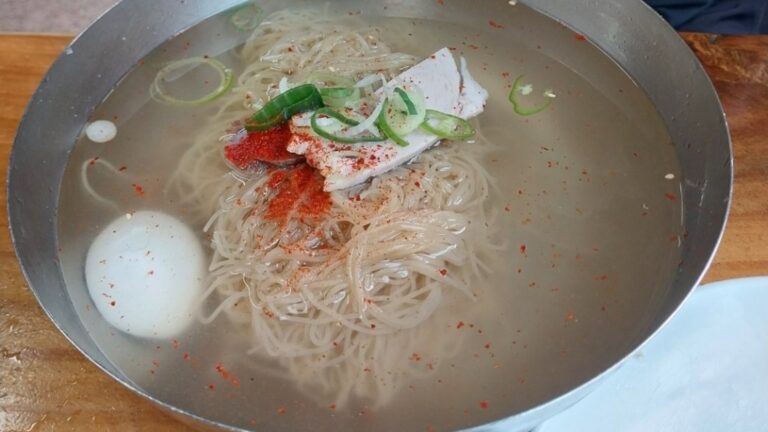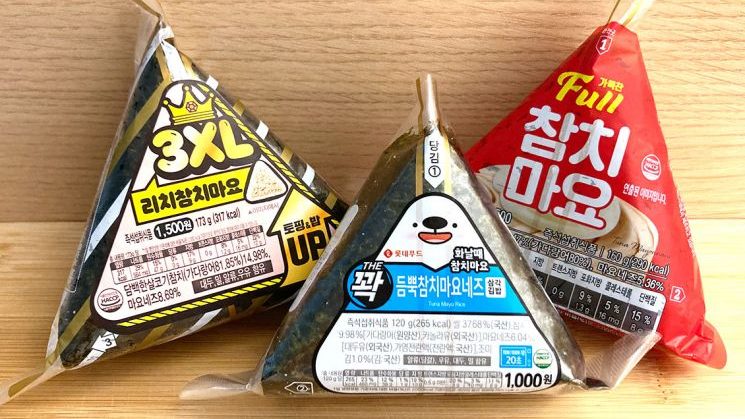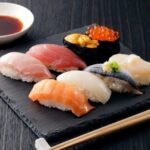Japanese Dishes Loved by Locals
Want to enjoy authentic Japanese food while staying in Korea — for those people, this time I’ll introduce the Japanese dishes that are especially popular in Korea in a ranking format. This will be useful not only for travelers but also for those living in Korea. I’ll explain in detail why Japanese food is so beloved by Koreans, which menu items have gained support, and the actual differences in food culture.
No.7: Udon (うどん)
Udon has long enjoyed steady popularity in Korea, especially during the cold winter months when people crave a warm, comforting bowl. While some shops serve firm Sanuki-style noodles like in Japan, Koreans generally prefer a slightly softer texture.
Varieties such as Kamatama Udon, Kitsune Udon, and Curry Udon are widely available, and large Korean chains like Maru Udon are particularly loved by locals.
No.6: Oden (おでん / Japanese-style Oden)
The word “oden” is also widely used in Korean, but Korean-style oden (fish cakes simmered on skewers in broth) differs quite a bit from the Japanese version. Recently, more restaurants clearly label their dishes as “Japanese-style oden”, serving ingredients like daikon, boiled eggs, chikuwa, and konnyaku.
During winter, Japanese-style oden stalls at night markets and pop-up stores have become increasingly popular, especially among younger Koreans.
No.5: Tempura (天ぷら)
Although tempura is known in Korea as “덴푸라 (denpura),” it’s often used more loosely to refer to deep-fried food in general — including typical Korean street-fried snacks.

However, in recent years, authentic Japanese tempura restaurants have been on the rise. Their crispy batter and delicate preparation methods have captivated Korean diners. Shrimp tempura, kisu (whiting), and vegetable tempura are especially popular among those who enjoy subtle and refined flavors.
No.4: Japanese-style Curry (カレーライス)
In Korea, Japanese curry is often more popular than Indian-style curry. Its thick, slightly sweet and spicy roux pairs perfectly with rice, earning it a huge following.
Chains like Coco Ichibanya have a strong presence, and even local Korean curry restaurants often have a dedicated “Japanese curry” section on the menu. The most popular variation is pork cutlet curry, where crispy tonkatsu is placed on top.
No.3: Ramen (ラーメン)
Though Korea is famous as the “land of instant ramen,” Japanese ramen has become an entirely separate and highly respected category. Rich broths like tonkotsu, shoyu, miso, and shio, combined with toppings such as chashu, soft-boiled eggs, and seaweed, make it a favorite among Koreans.
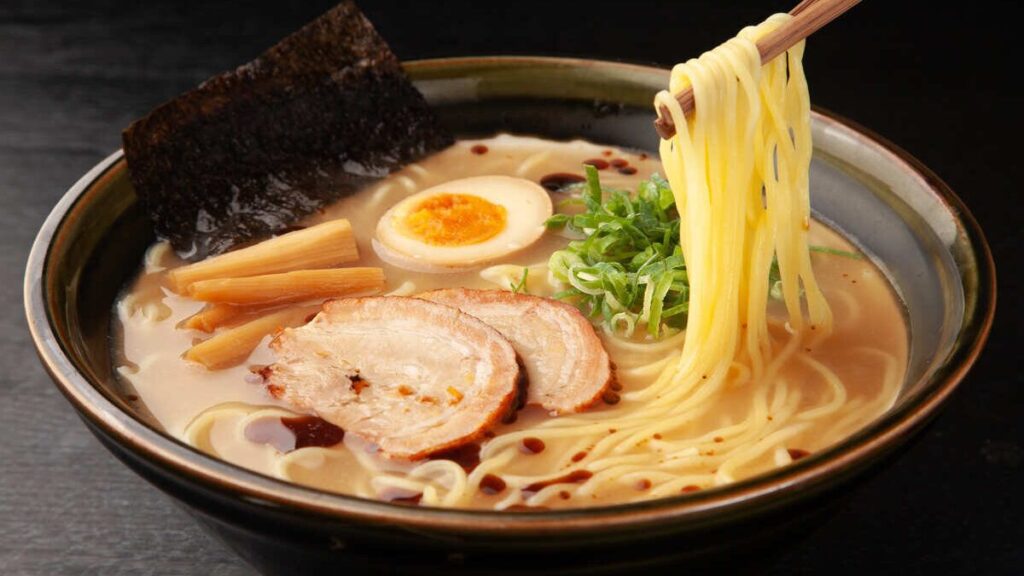
Areas like Hongdae and Gangnam in Seoul are filled with ramen shops so popular that people often line up to get in. Many Koreans who have tried ramen in Japan seek out that same familiar flavor back home.
No.2: Tonkatsu (トンカツ)
Japanese tonkatsu — known in Korea as “donkaseu” — has long been a staple comfort food. Recently, however, authentic Japanese-style tonkatsu has been gaining renewed attention, with many restaurants focusing on thicker cuts, crispier coatings, and attention to detail.
The full teishoku (set meal) style — with shredded cabbage, miso soup, and rice — is especially popular. Interestingly, the Japanese term “set meal” (teishoku) has now become a common word in Korean dining culture as well.
No.1: Sushi (寿司 / 초밥)
At the top of the list is, of course, sushi. Known in Korean as chobap but often called sushi too, it’s loved in both casual and high-end forms — from conveyor-belt sushi chains to authentic Edomae sushi restaurants.
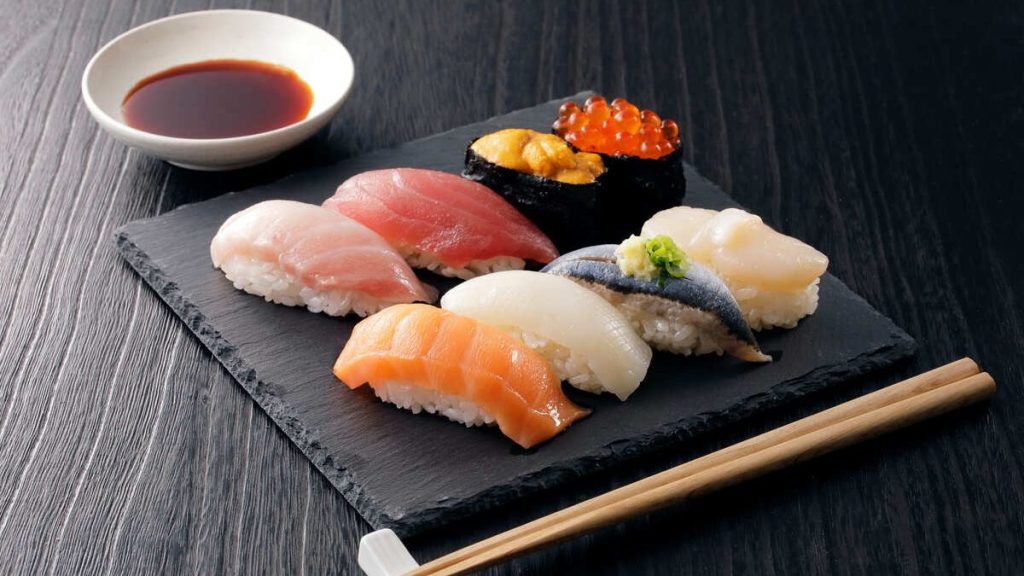
In major cities like Seoul, Busan, and Daegu, Michelin-level sushi restaurants have emerged, showing how deeply Japanese cuisine has taken root in Korea. The omakase style has become especially trendy, with more Koreans choosing to enjoy fine sushi experiences for special occasions.
Why Is Japanese Food So Popular in Korea?
Japan and Korea are geographically close and share many similar taste preferences, which has made Japanese food familiar for a long time. However, the recent surge in popularity can be attributed to several factors:
🍣 SNS Appeal – Visually appealing dishes like sushi and ramen are often shared on Instagram and other social media.
🥢 Health Consciousness – Dishes using less oil and more seafood resonate with health-focused younger generations.
✈️ Travel & Cultural Influence – Many Koreans want to recreate dishes they enjoyed during trips to Japan.
⭐ Rising Quality – Japanese restaurants in Korea have dramatically improved, now offering flavors that even impress Japanese visitors.
Conclusion
All the Japanese dishes introduced here are truly popular in Korea. While some travelers may wonder, “Why eat Japanese food in Korea?”, Japanese cuisine enjoyed in Korea has its own unique charm — thanks to the local adaptations and the distinct atmosphere found only here.
Whether you’re visiting Korea or living here long-term, be sure to try some of these beloved Japanese dishes and experience how they’ve been embraced and reimagined by Korean food culture.
Table of Contents




